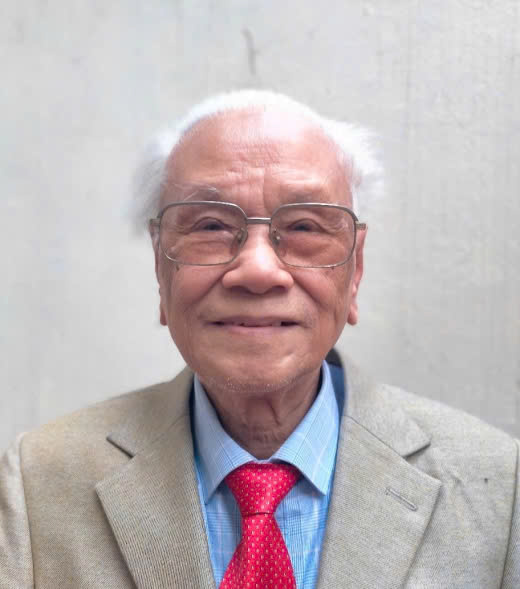Predictions foF2 of equatorial ionosphere and applications for HF communication in Vietnam
Author affiliations
DOI:
https://doi.org/10.15625/0866-7187/35/2/3657Abstract
This paper presents the characteristics of the equatorial ionospheric F2 layer over Vietnam based on continuous monitoring data for 11 years from ionospheric station in Ho Chi Minh city (10.50’N, 106.33’E). These results determine the diurnal and seasonal variations with solar activity of the F2 layer. The ionospheric parameters were taken from ionograms are often used as the control elements in forecasting. The index representing levels of solar activity is the sunspot number R considered the basic indicators for modeling and forecasting the ionosphere. An important parameter is the maximum plasma frequency, because this is what determines which vertical transmissions will pass through and which will be reflected back. This maximum plasma frequency is called the critical frequency, fo. Because the plasma frequency varies for a given time and location, the critical frequency also varies. However the critical frequency is always within the HF range. This is what gives HF transmissions their unique characteristics. The highest plasma frequency is in the F layer (or more specifically the F2 layer). This critical frequency may be referred to using the symbol foF2.Once we know the critical frequency, we can determine the proper operating frequency. The theory behind the selection is straight-forward. We need to select the frequency that is the highest possible without passing through the F2-layer. There are three concepts to recognize. First, the critical frequency for the F2-layer is foF2. This is the highest
frequency that will be reflected back to earth from the F2-layer when hitting the F2-layer at a perpendicular angle, i.e. the angle of incidence is 0 degrees. Go higher in frequency and the signal will pass thorough the F2-layer into space and is lost for communications. Second, MUF, or maximum useable frequency, the highest frequency we can use and still
achieve good reflection/refraction off the F2-layer. For any circuit there is a Maximum Usable Frequency (MUF) which is determined by the state of the ionosphere in the vicinity of the refraction areas and the length of the circuit. The MUF is refracted from the area of maximum electron density of a region. Therefore, frequencies higher than the MUF for a particular region will penetrate that region. The third concept is the F region MUF in particular varies during the day, seasonally and with the solar cycle. A range of F region MUF is provided in the predictions and this range extends from the lower decile MUF (called the Optimum Working Frequency, OWF) to the upper decile MUF. Based on actual monitoring data, the empirical formulas for prediction foF2 in quiet solar conditions have been built. Collected data displays the full range of these variations for the location and can give MUF for every hour of the day (24 values), for each month of the year. The paper presents empirical formulas prediction foF2 calculated for 08 LT (morning’s maximum of ionization), 12 LT (noon) and 16 LT ( afternoon’s maximum of ionization). These formulas are also been modified for solstice months (June - July and December - January). The calculated foF2 values were comparing with the observed and IRI values. The IRI model was initiated by the Committee on Space Research (COSPAR) and the International
Union of Radio Science (URSI) in the 1969 with the goal of establishing an international standard for the basic parameters of the ionosphere, based on ground monitoring of data in many parts of the world and the satellite data. The IRI model has been steadily improved with newer data and with better mathematical descriptions of global and temporal variation patterns. The IRI model has become widely accepted recently so that the first task of an ionospheric science in a new location (as well as stations in Vietnam) is often comparing the observed data with IRI. The result showed that the calculated foF2 values by empirical formulas better than by IRI, particularly for 16 LT. The application of these prediction
formulas for HF communication for the social-economic development in Vietnam has also been discussed.
Downloads
Downloads
Published
19-02-2014
How to Cite
Lan, H. T., Hào, V., Vinh, D. V., & Tâm, Đào N. H. (2014). Predictions foF2 of equatorial ionosphere and applications for HF communication in Vietnam. Vietnam Journal of Earth Sciences, 35(2), 130–136. https://doi.org/10.15625/0866-7187/35/2/3657
Issue
Section
Articles







